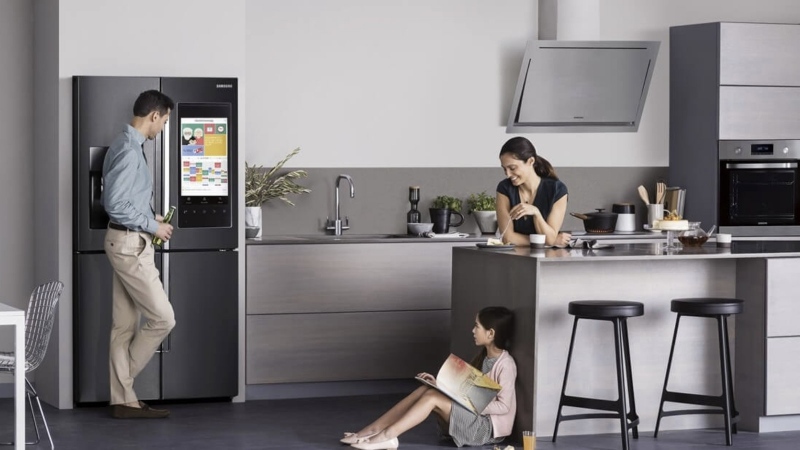
The future is served: smart appliances in the kitchen
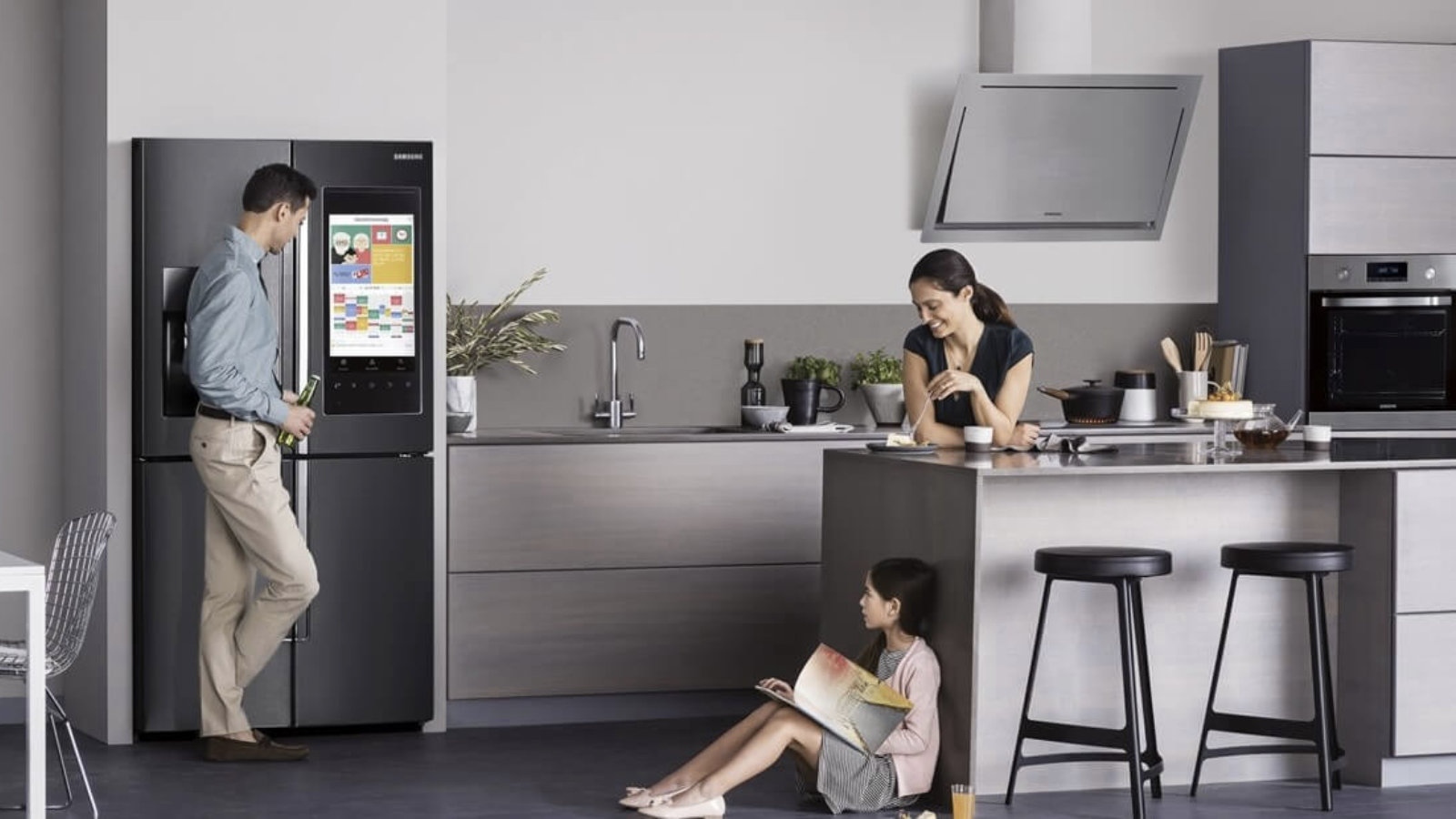
Keeping up with today’s technological advances is almost impossible. We are confronted with revolutionary or incremental innovations that make our everyday lives easier in ways we could never have imagined before. However, human nature has reservations about the unknown, so we may not incorporate these useful new features into our lives until later. When it comes to smart kitchen appliances, there are plenty of solutions that can not only increase convenience, but also save time and even take your cooking to the next level. In the article below, our guest author Dávid Szalai, expert of SELL Magazine, guides us through the futuristic world of smart kitchens.
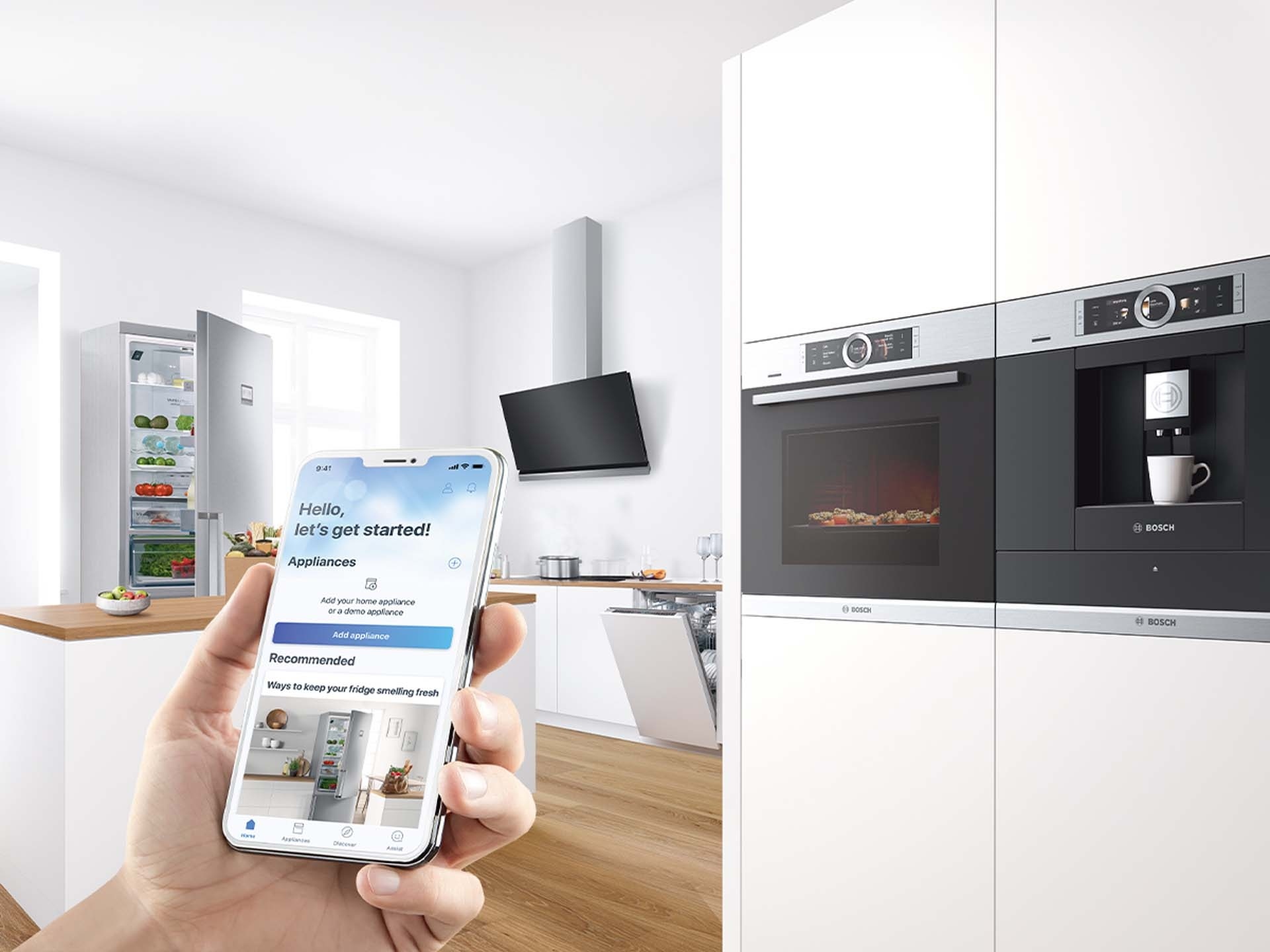
It is very difficult to find a product that does not have a smart version these days, including household appliances. Most of the smart features are no longer new and more and more appliances possess some kind of "smartness". Nevertheless, most people are not really aware of what an oven or hob can do and why it is good to have a smart appliance. And then we haven’t even talked about special solutions or special developments. So far.
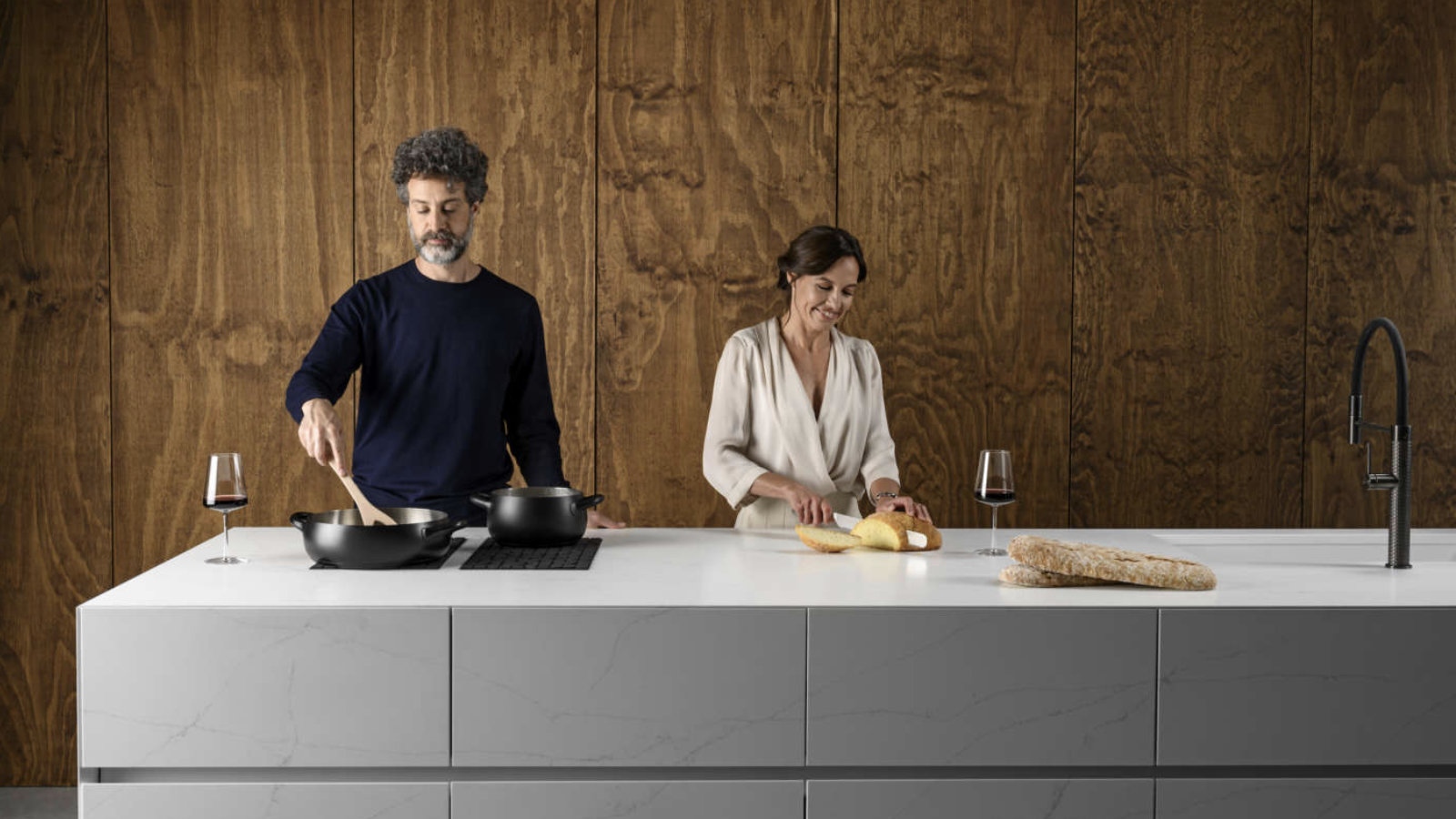
It does make sense
Many people identify smart functionality with control via mobile phone, and not without reason, as almost all smart devices have this option. However, remote control of an oven offers rather negligible user benefit. There is, however, a futuristic pleasure in feeling the touch of technology by being able to start the oven at home from our workplace. But, if we are honest, it is no more practical than a timer. But remote diagnostics, which are a basic smart option, have more tangible benefits. It can save you a lot of inconvenience. For example, you don’t have to pay unnecessarily for repairs when the appliance won’t start because the child lock has been left activated, or when other settings anomalies make the oven appear to be malfunctioning. The option also eliminates the need to stay at home twice to wait for a technician, as remote diagnostics allow the technician to arrive with the parts needed for the repair. And thanks to a number of additional solutions, you don’t have to wait for the appliance to break down to make sense of the smart features.
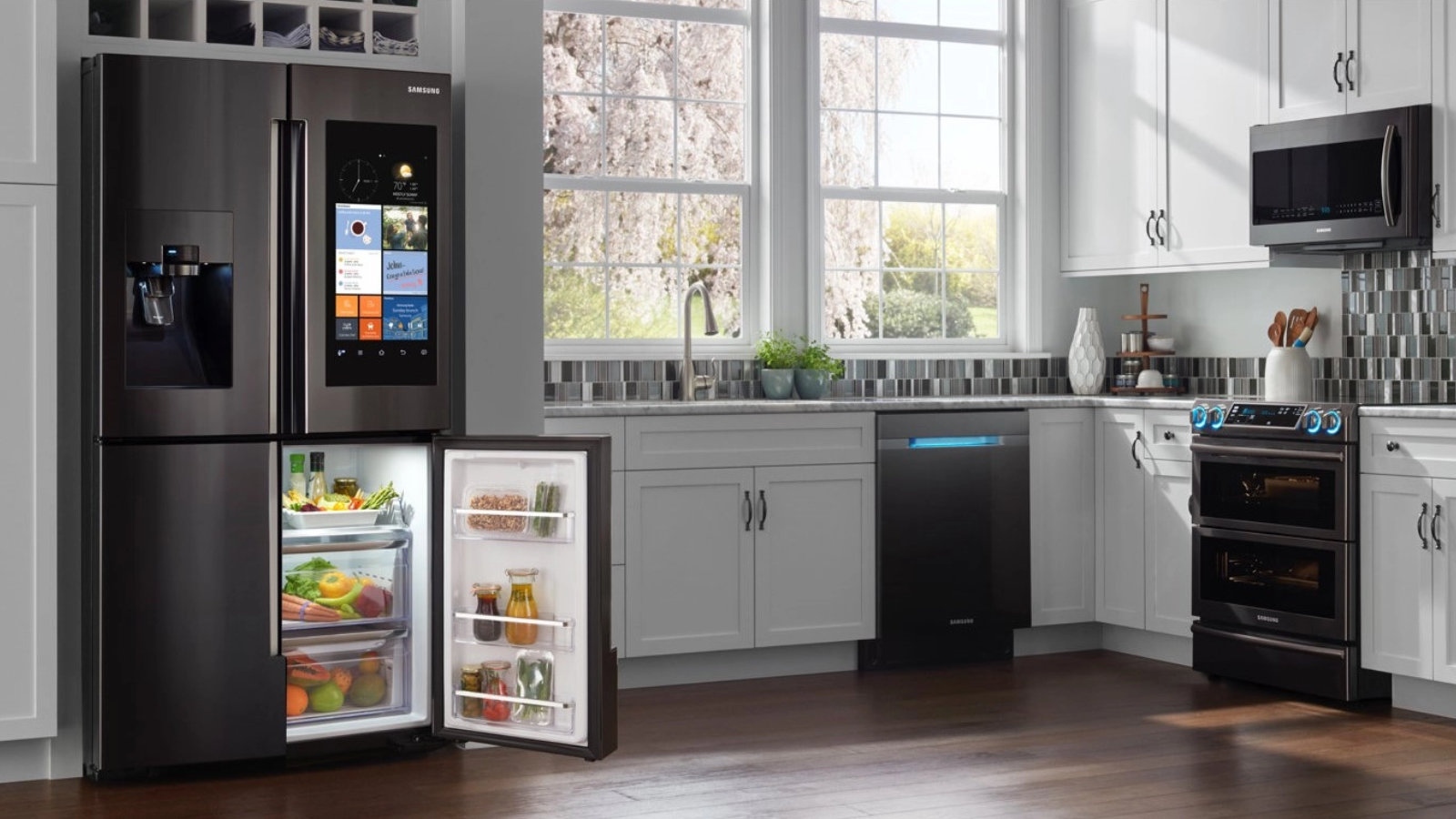
Let’s take a look!
It takes a very confident cook to not take a single glance at the meal while it’s cooking. And if you want to look inside the appliance, you’ll need to have some light. Virtually all ovens have an internal light, but you need to open the oven door to turn it on. But smart appliances can do it another way. On LG Instaview models, for example, you just have to knock on the door and the light comes on.

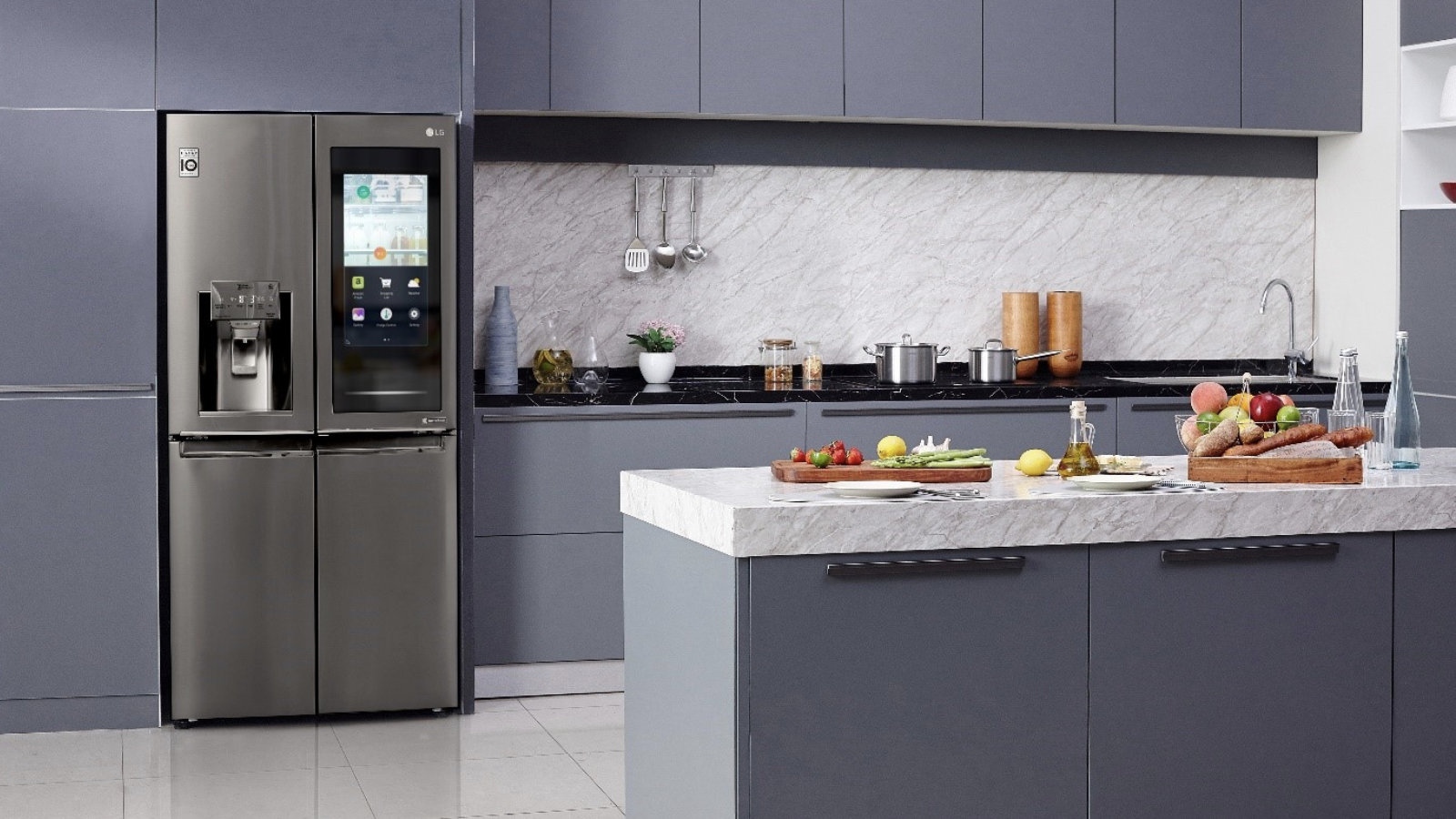
Some Miele appliances don’t even need this. Ovens with Motion React function detect when you approach and turn on the oven light and display. But there’s an even more convenient solution! Many brands now offer a version that includes a camera. Not so that you can upload the whole process of making the casserole to a video-sharing site. The purpose of the camera is to be able to view the food being prepared on a smart device, so you don’t have to get up from your armchair to check how well the roast is browning. All of this is now available in HD quality, and you don’t even have to sacrifice pyrolysis if you want this feature, as some models have been designed to withstand temperatures of several hundred degrees Celsius.
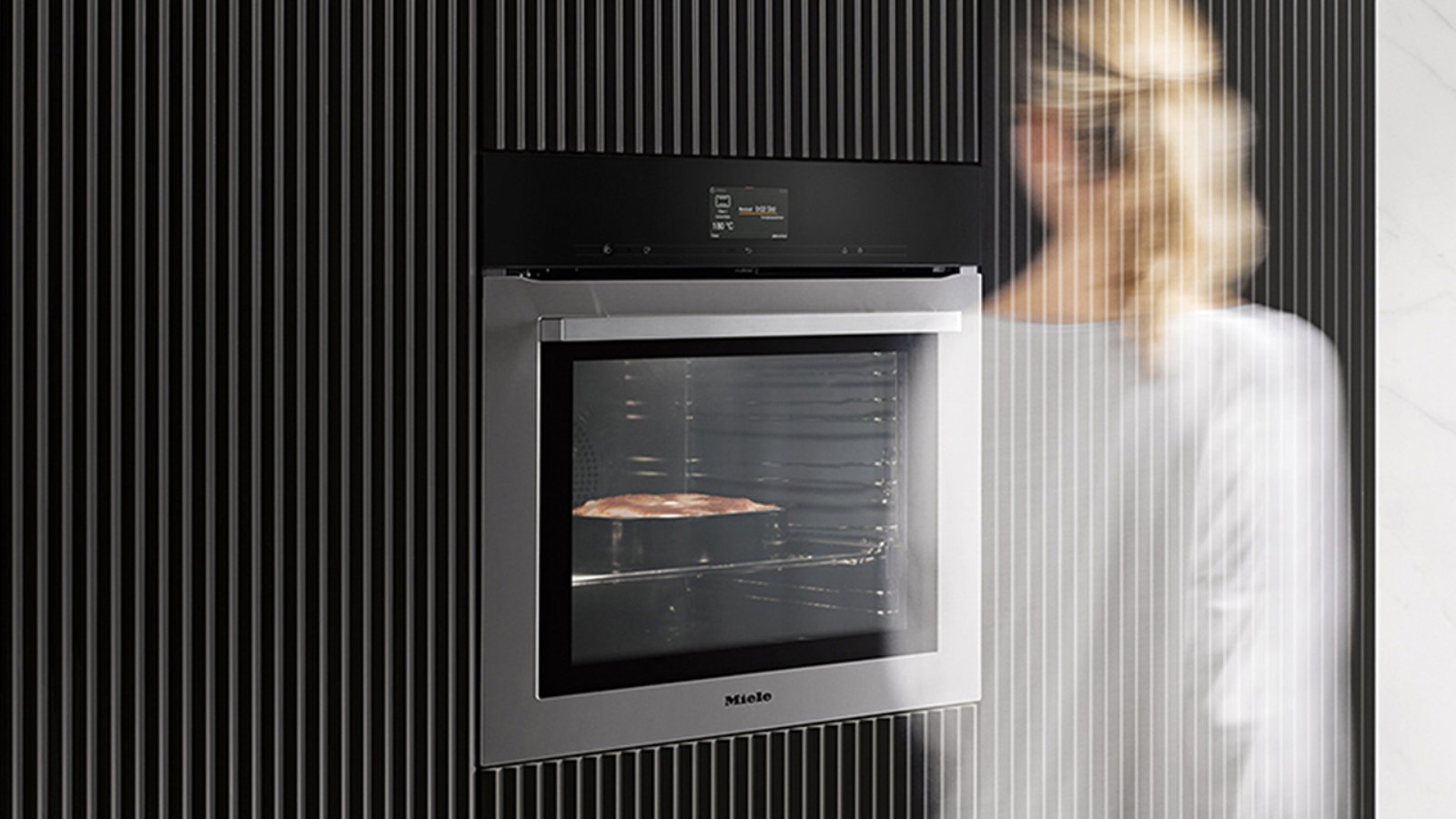
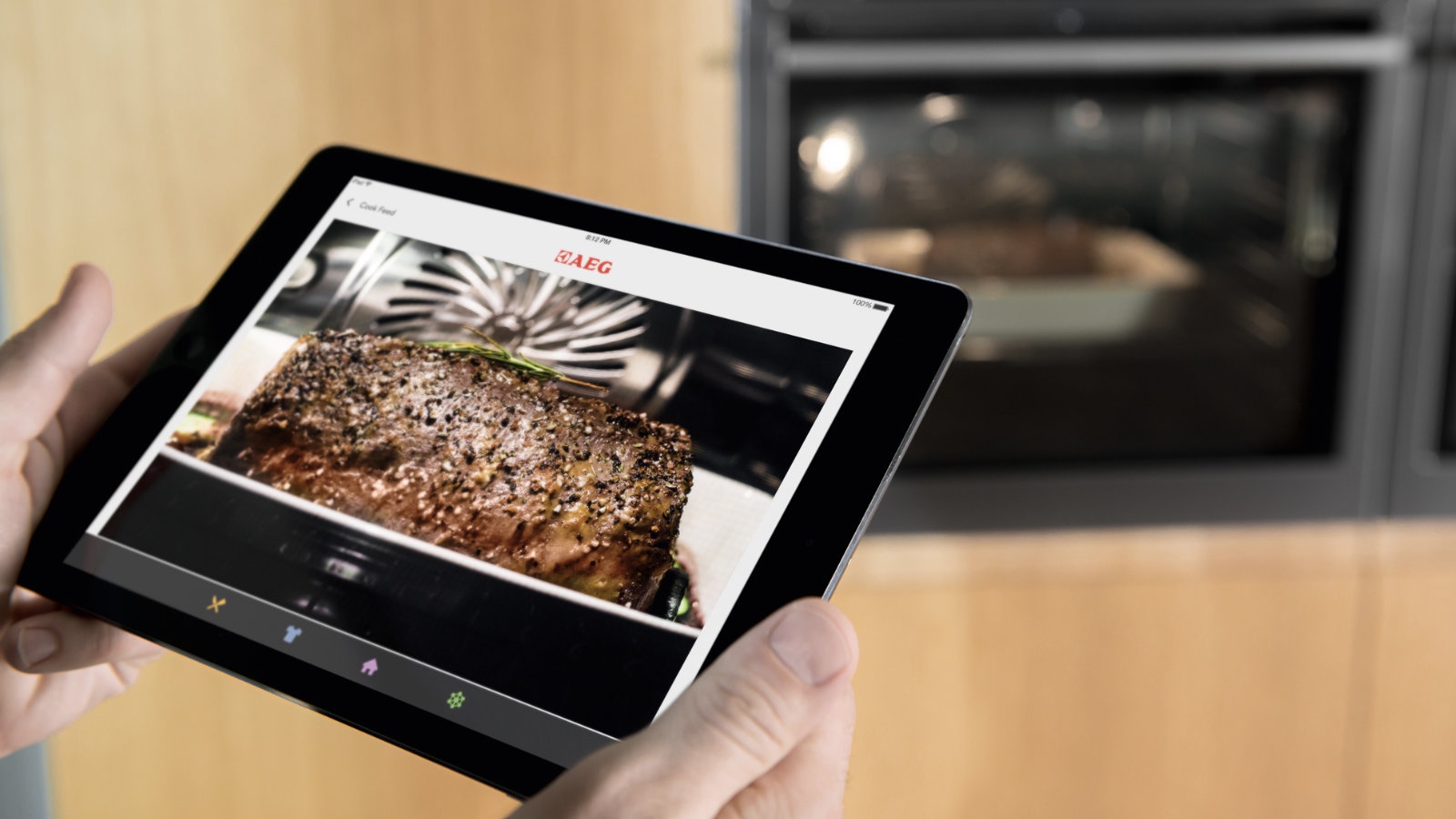
The oven knows best
Nowadays, there is a very large number of ovens that have a passive baking support system, or in more ordinary terms, automatic programmes. These set the baking temperature and time according to the food you want to cook. Smart versions also offer the option of choosing from a collection of recipes rather than just pre-programmed options. Just select one of the recipes in the oven app and the device will adjust the settings to suit. Electrolux offers just that with its CamCook system. All consumers need to do is take a photo of the dish with their smartphone and the app will use it to set the optimum cooking parameters for the dish they want to prepare.
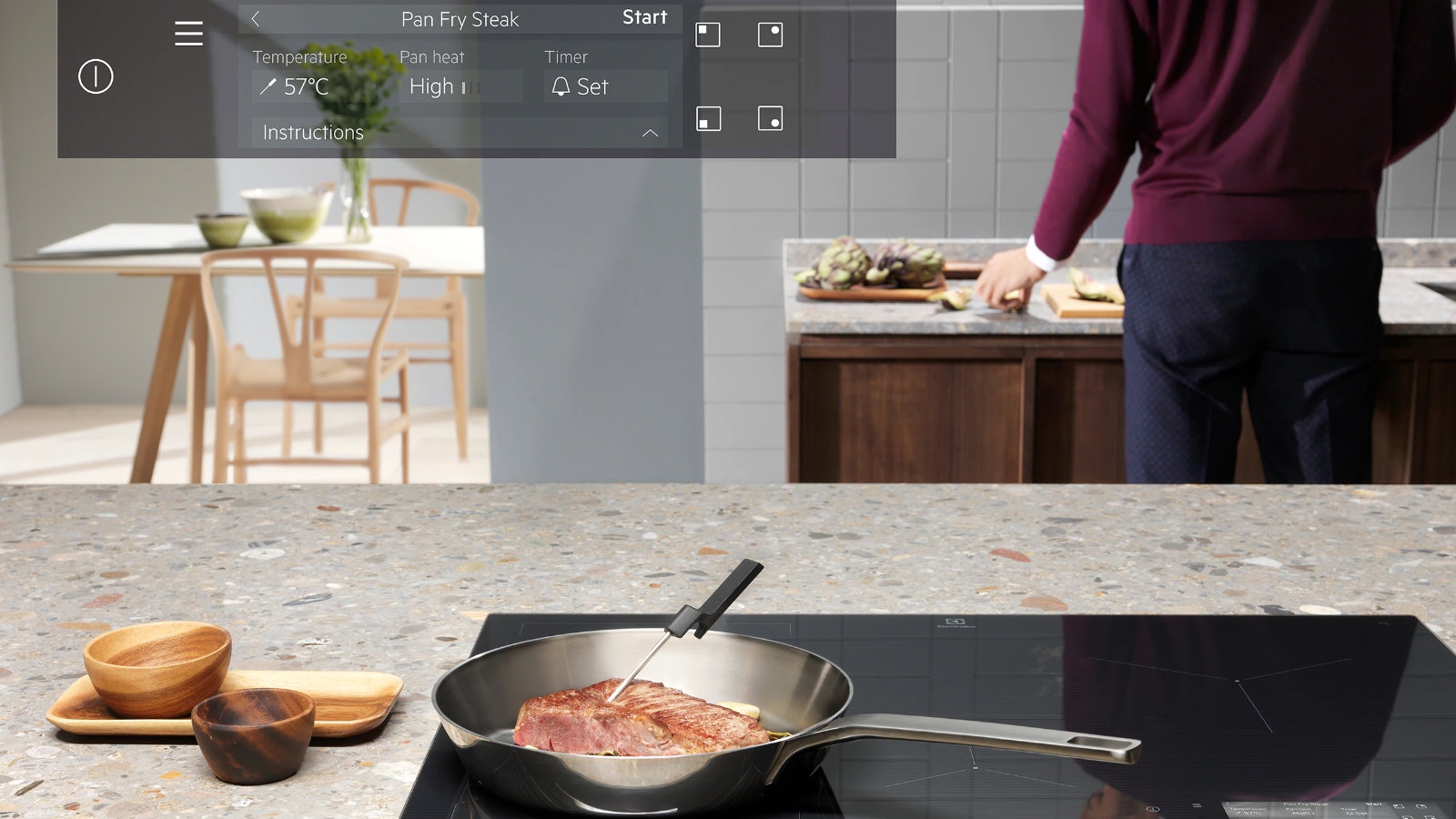
Using an artificial intelligence algorithm, the system recognises 20 predefined dishes, from pizza to lasagne to cakes. But the app can be "taught" to recognise the dishes and save the settings for them, so users can also create their own library. Bosch also uses artificial intelligence in some of its ovens. These models can learn and improve their programs by collecting, analyzing and aggregating data on fine-tuning adjustments made by users. So, if an oven program is set for, say, an hour and thirty minutes, but the majority of Bosch oven users adjust it to 80 minutes, the appliance will change its default program. Of course, the system is more complicated than that, but that’s essentially how it works. The automatisms are not only available within one appliance. For example, smart functions such as automatic power control of the extractor hood take advantage of this connectivity. Such appliances calculate the required extractor power based on the hob setting, so if the user sets the cooking zone power lower, the extractor will cut back on the power.

Uniquely smart
There are also some developments that are not necessarily smart features, but still offer a very smart solution. One example is the Lapitec Chef hob. The appliance is built into the worktop, but the cooking zones remain invisible, only the control panel is visible. The cooking surface itself can only be activated with a special accessory, which can be removed after use and the surface can be used as a kitchen counter again. In effect, this is a hob that does not take up any counter space.

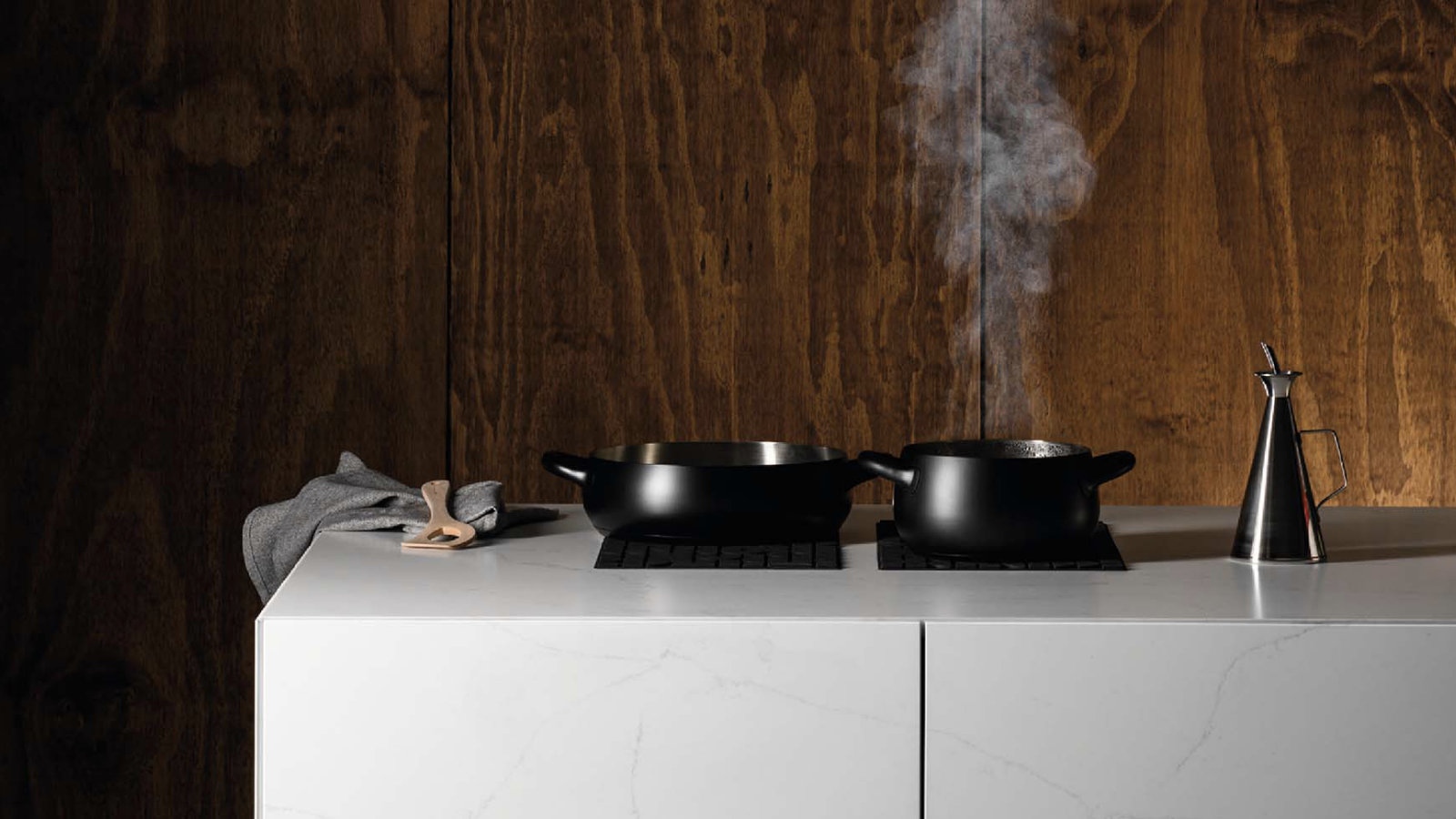
This is one of the reasons why this year’s Kitchen Show will be worth a visit to the Budapest Arena between 22-24 April: visitors will be able to explore the latest innovations in kitchen appliances, special developments and smart solutions in person, all in a pleasant environment, in one place. Get your discounted ticket here and avoid the queue!
